On the 1st of January 2019 Irish racing was shown for the first time on the newly launched Racing TV (formerly Racing UK). The move ended more than a decade of coverage by Attheraces (now Sky Sports Racing) and effectively placed Irish racing behind a paywall for the first time.
I should be clear, Attheraces was not free to all Irish television users, but came as part of Sky's "Entertainment" pack – 90 channels that formed part of Sky TV's basic package. Other sports channels in this offering include Eurosport, Sports News and Sky Sports Mix. Up to the end of 2018, Attheraces had provided 100% coverage of all Irish racing. Not a single meeting nor race, at any of the 26 tracks on this island, failed to be covered live.
Some cited their concern, when it was announced last year Irish racing would move to Racing TV until at least 2023, and argued that the packed UK schedule might see Irish racing slide down the list of priorities. A recent piece in the Irish Examiner supports this view and cites a Saturday card at Gowran Park where races were short of lead-in time and lacked information of betting markets. Spilt screens were used during broadcasts, and some races were only joined midway through. The most damning of all was the failure to show any coverage of the last race at Gowran.
In the weeks leading up to it's launch, Racing TV advertised a price of €31 to Irish customers. If my memory is correct, the price was subsequently dropped to €12 for a promotional period, and can currently be purchased for €15 per month for one year.
Aside from the fact that €31 is more expensive than my Sky Sports subscription, which provides access to many sports, and Irish racing does not get the same coverage as it has done previously, I fear there is a bigger problem for those selling the product.
Pay-walled sport works because it is the only way to access coverage. Sky Sports has been a spectacular success since its launch in 1992 because it was the only way to watch live Premier League action until 2007. Since then it has been joined by others such as ESPN, BT Sport and soon Amazon; all also subscription channels.
28 days of Irish racing will be shown this year on free-to-air RTÉ. These include the biggest days on the Irish racing calendar and events such as the Irish Grand National and Irish Derby (which must be shown free-to-air), Punchestown Festival, Galway Festival, Leopardstown and most recently Thyestes Day from Gowran.
Think of this comparison. If BBC or ITV had the right to show the 28 biggest Premier League games each season, how many people would subscribe to Sky Sport or BT Sport? The 28 would include Liverpool vs Man Utd, the North London Derby, the Manchester and Liverpool Derbies, Chelsea vs Arsenal all home and away, and a smattering of other games.
The business model works because this is not the case. Free-to-air customers have to waiting until 10.30pm on Saturday evenings to watch Match of the Day. While some would continue to pay subscription sports channels, I suspect the number of subscribers would collapse dramatically if free-to-air providers could cherry-pick the best games, as happens with Irish racing.
From the perspective of the Irish racing consumer, long may the cherry-picking continue.
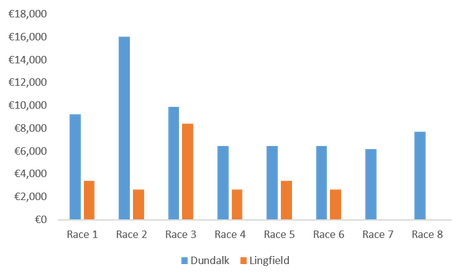


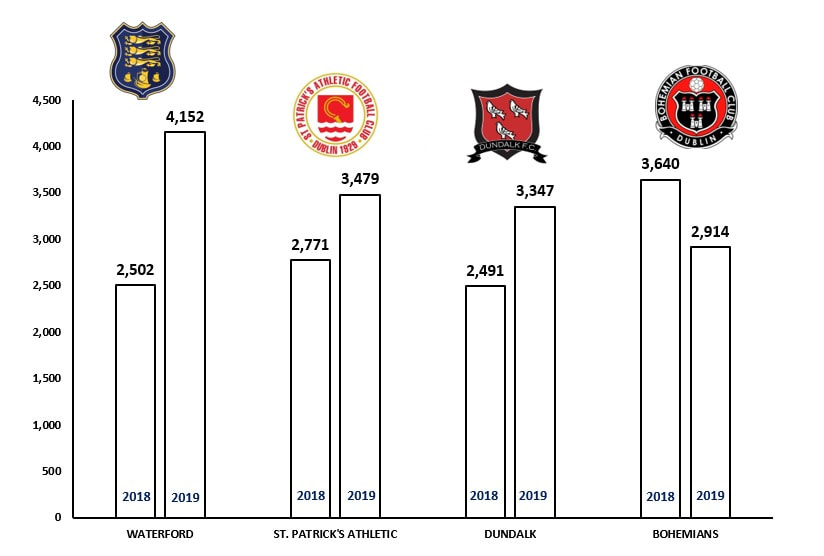
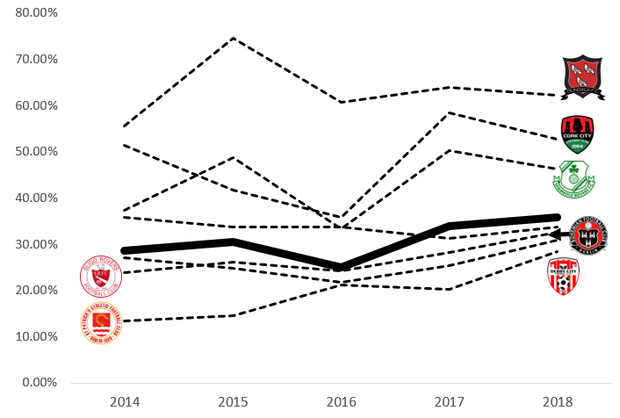
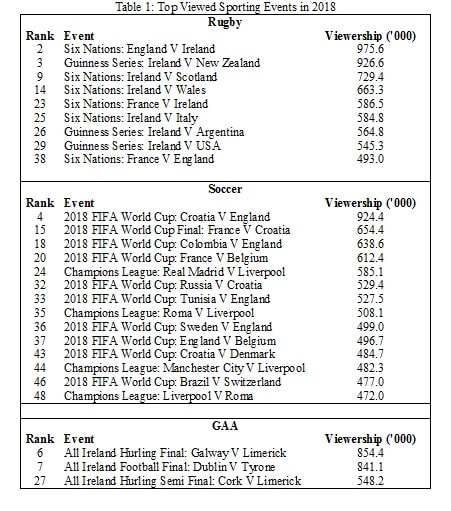
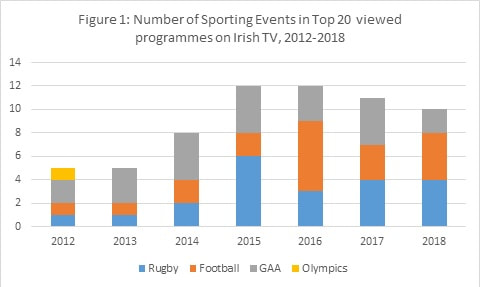
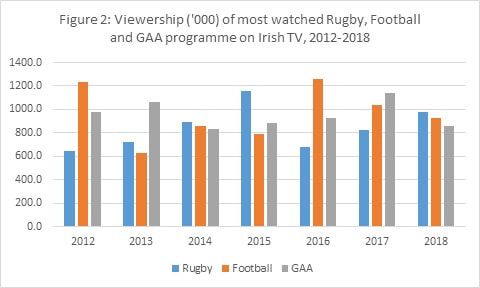
 RSS Feed
RSS Feed